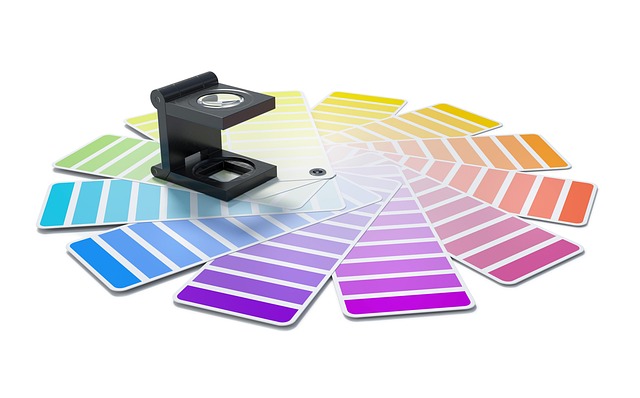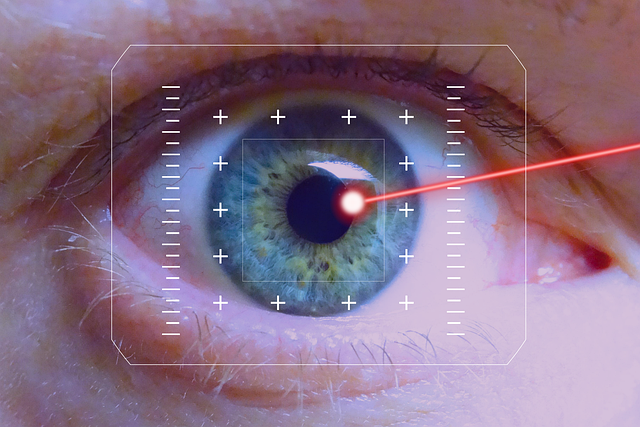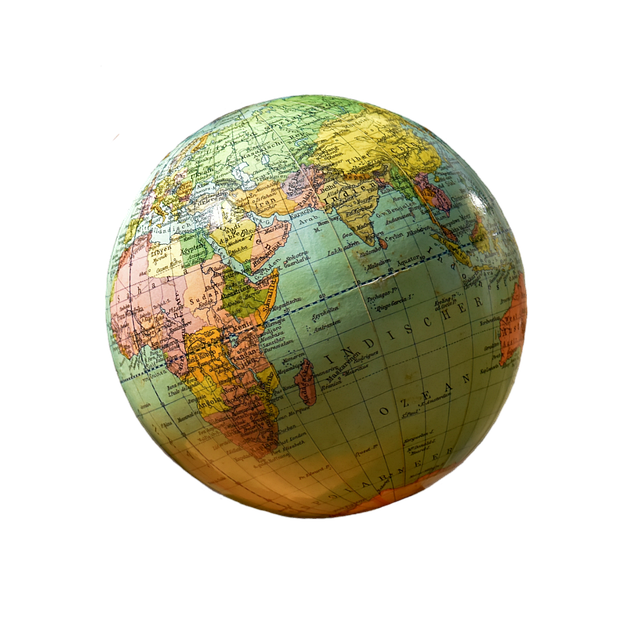As photographers, we live and breathe light. We chase it, shape it, and often, we find ourselves using it to frame the world within our viewfinder. The concept of a light frame” goes beyond just compositional framing; it’s about harnessing the very essence of illumination and shadow to define the boundaries, highlight the subject, and guide the viewer’s eye through the image. It’s a subtle, yet powerful technique rooted deeply in both the art and design principles of photography.
Think of the times you’ve seen a shaft of light cutting through a dark room, illuminating dust motes and creating a natural spotlight on a subject. Or the way a subject standing in a brightly lit doorway is framed by the darker interior surrounding them. These aren’t just accidents of light; they are opportunities to create a light frame, a compositional device born from the interaction of light and shadow.
The Art of the Light Frame
Using a light frame is inherently an artistic act. It’s about more than just technical execution; it’s about seeing the narrative potential in light and shadow. A light frame can isolate a subject, drawing intense focus and creating intimacy. It can add a sense of drama, mystery, or tranquility, depending on the quality and direction of the light. By enveloping the subject in light while keeping the surroundings darker, we create contrast that speaks volumes. This use of light as a boundary allows us to tell a story through emphasis, directing the viewer’s emotional response and ensuring they connect with the intended focal point.
Consider portraits taken by a window. The soft, directional light naturally frames the subject’s face, highlighting their features and creating a sense of connection that might be lost in flat, even lighting. This isn’t just good exposure; it’s an artistic choice to use the light source itself as part of the compositional storytelling.
The Design of the Light Frame
While art is about emotion and narrative, design is about structure and function. The light frame is also a potent design tool. It acts as a visual boundary, separating the subject from its environment and simplifying complex scenes. This negative space (or often, positive space defined by light) created by the frame helps to clarify the composition and avoid distractions.
A light frame provides structure, guiding the eye precisely where the photographer intends. The edges of the light and shadow act like leading lines, directing attention inward towards the subject. It can also create a sense of depth, pulling the illuminated subject forward from the darker background, adding dimensionality to a two-dimensional medium. Mastering the light frame is about understanding how the interplay of light and shadow builds the visual architecture of the photograph, creating balance, harmony, and impact through careful consideration of tonal contrast and arrangement.
Whether it’s the dramatic slice of light across a face, the soft glow emanating from a lamp post framing a street scene, or the natural window light defining a figure, the light frame is a fundamental element in crafting compelling photographs. It’s where the artist’s vision meets the designer’s structure, allowing us to paint with light and shadow to create images that resonate and captivate.




